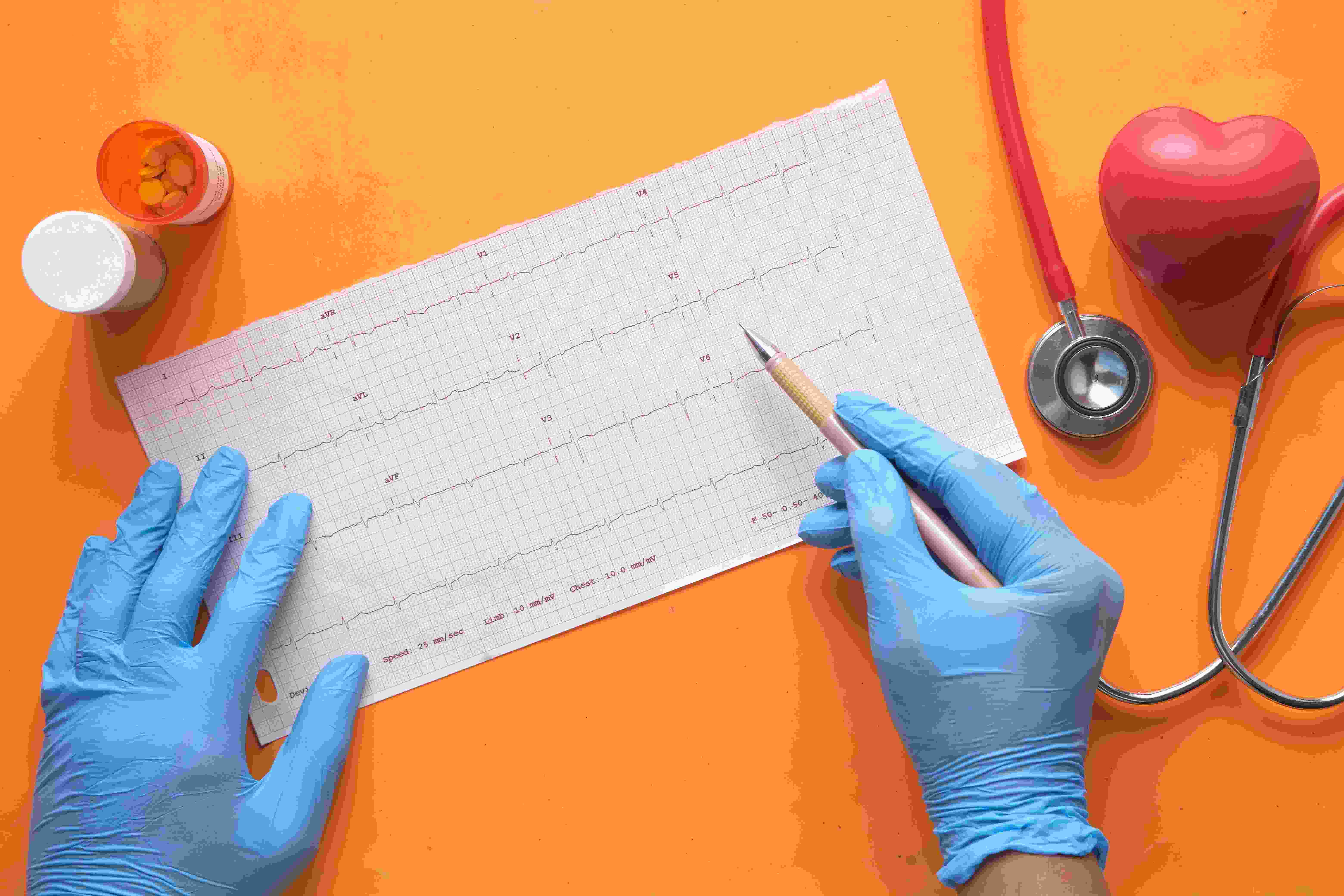Preventive Healthcare
Life-Threatening Blood Clots: Understanding The Causes, Symptoms and Prevention of Thrombosis
2651 Views
0

Thrombosis is a severe condition in which blood clots form in one or more of your blood vessels or your heart. The blood clot either blocks the blood flow where it is located or can break loose and travel to other areas of the body.
A moving blood vessel is more concerning. This is because it can get stuck in critical locations and cause life-threatening conditions like heart attacks or strokes. A better understanding of this condition can help you be more aware of the risks and find solutions before it becomes critical.
What is Thrombosis?
When a blood clot or thrombus is formed inside a blood vessel or chamber of the heart, it is known as thrombosis. A moving blood clot can embed itself in critical areas like your lungs or brain and disrupt blood flow to those areas. People with certain health conditions or external factors may be at a higher risk of developing thrombosis. Understanding these risks and learning about the symptoms can help you recognise a problem.
Types of Thrombosis
There are two primary types of thrombosis
Arterial Thrombosis
In this type, a blood clot is formed in an artery. Your arteries are responsible for carrying blood from the heart to all the other parts of your body. A blockage in your arteries can result in strokes or heart attacks.
Venous Thrombosis
As you probably guessed, venous thrombosis refers to a blood clot formed in a vein. Veins carry blood from the rest of your body to your heart. Veno thrombosis is one of the primary causes of pulmonary embolism/blood clots in the lungs.
Both these types are equally as dangerous as they can
- Stay in place and grow big enough to block blood flow to vital organs. The bigger the blockage, the more severe it can be.
- Travel to other areas and cause blockages in smaller blood vessels resulting in strokes or pulmonary embolisms.
Thrombosis Symptoms
Every individual is different, so thrombosis symptoms also differ from person to person. These symptoms also depend on the location of the blood clot.
Blood clots in the lungs:
- Sharp pain in chest and surrounding area
- Pain when breathing
- Sudden trouble breathing while at rest or active
Blood clots in the neck or brain
- Weakness/trouble controlling the muscles on one side of the brain
- Garbled or slurred speech
- A noticeable droop or lack of muscle control on one side of the face
- Agitation, confusion, or any unusual behavioral changes
Blood clots in the heart
- Discomfort or pain in the chest
- Dizziness or passing out
- Trouble breathing
Blood clots in the belly
- Bloating, nausea, and vomiting
- Severe stomach pain that occurs after eating
- Diarrhoea that could also contain blood
- Fever
Blood clots in an artery in the arm or leg
- Pale skin in certain areas
- Skin feels cool to the touch
- Numbness or tingling sensation
- Weakness and inability to move the affected body part
- Blisters, wounds, or sores
- Sloughing of skin (when skin falls away from the tissue underneath)
- Tissue death or necrosis
Blood clots in a vein in the arm or leg
- Skin appears redder or darker than the surrounding area
- Pain around the affected area
- Skin feels warm to the touch
- Swelling caused in the area
Complications of Thrombosis
Thrombosis can cause many different conditions, so one needs to be aware of these complications to prevent major issues causing thrombosis:
| Location of the Blood Clot | Complication |
| Lungs | Pulmonary embolism |
| Brain | Stroke or Transient ischemic attack |
| Heart | Heart attack |
| Neck | TIA/stroke |
| Belly | Mesenteric ischemia thrombosis is the underlying cause of dangerous conditions we discussed earlier, it is thought to be the underlying cause of 1 in 4 deaths worldwide. |
Causes of Thrombosis
Thrombosis is caused due to
- Disease or injury to the veins
- Immobility
- Fracture/broken bone
- Obesity
- Autoimmune disorders
- Certain medications
- Inherited disorders
On the other hand, art thrombosis is caused due to the hardening of the arteries, known as arteriosclerosis. This is when the walls of the arteries thicken due to calcium or fatty deposits. This leads to a build-up of fatty materials along the artery walls.
Individuals with certain health conditions, as listed below, are more at risk of thrombosis
- Cancer
- Atrial fibrillation
- Diabetes
- Coronary artery disease
- Tobacco use
- Clotting disorders like antiphospholipid syndrome
- High blood pressure
- High cholesterol
Other factors, such as:
- A family history of blood clots in veins deep in the body,
- Being on hormone therapy or birth control pills
- Pregnancy
- Old age
- Lack of movement
The above can put individuals at risk of thrombosis.
Diagnosis of Thrombosis
Thrombosis is diagnosed in three ways: a physical exam, blood test, or imaging tests. Once your physician has checked your symptoms and looked into your family history, they may make a diagnosis or suggest further tests, including a blood test, ultrasound, CT scan, or MRI.
A blood test can indicate how easily your blood can clot, and the reason behind it.
Blood components: These tests measure multiple types of blood cells, like platelets and other chemical components that can affect clotting. One of the most common blood tests for the diagnosis of thrombosis is the DVT test. It is the Deep Vein Thrombosis test. It helps identify the presence of blood clots in the individual.
Clot formation markers: These chemicals will only appear in the blood when a clot occurs. This helps healthcare providers rule out the possibility of an active clot in the blood.
Heart damage markers: Cells in the heart muscles contain specific types of tropins that can't be found in other areas of the body. Any damage to your heart can lead to tropins leaking into the blood. A tropin test helps rule out heart attacks that can often occur due to thrombosis.
Thrombosis Treatment Includes
- Medication like blood thinners
- Thrombolytic therapy helps dissolve blood clots
- Thrombectomy is a minimally invasive treatment that helps remove a blood clot
Conclusion
Thrombosis is a condition that can quickly become life-threatening. Maintaining healthy habits, knowing the symptoms, and getting regular tests can ensure you catch it at the right time and take the required steps to treat it. We at Metropolis Labs are a chain of diagnostic labs that provides accurate blood testing and health checkup services. You can even opt for at-home testing services.























 WhatsApp
WhatsApp